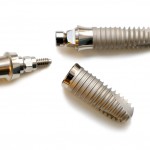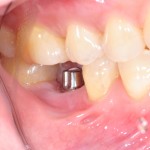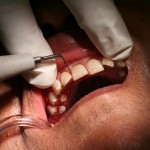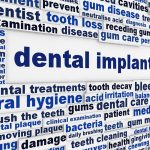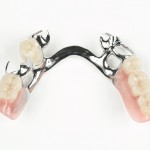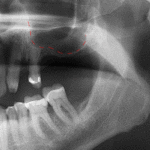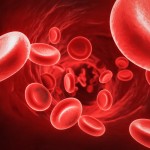
The use of dental implants has steadily increased and in recent years the largest increase has been noted in patients aged between 65-74 years. This age group are also likely to be on long-term prescription of antiplatelet and oral anticoagulants as prophylaxis against thromboembolic events. Dental implant placement as a surgical procedure presents a risk [read the full story…]
